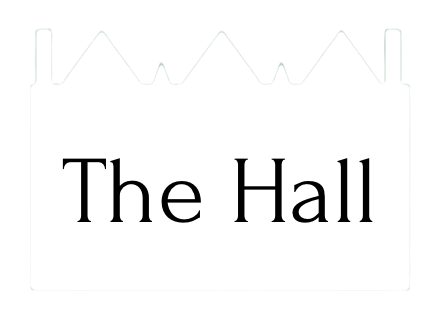ALEX MOULTON AT KING'S COLLEGE CAMBRIDGE - INTERRUPTED STUDIES
The Department of Engineering at the University of Cambridge has celebrated Alex Moulton’s centenary by publishing an alumni profile of him (click here to read this). As Cambridge has no shortage of notable and famous alumni, it is a tribute to Alex Moulton that they have chosen to honour him in this way. The Department of Engineering at Cambridge is world-leading as an integrated Engineering establishment and remains - as Alex was always pleased to note - the largest Department at the University.
Alex’s studies at Cambridge began in the Autumn of 1938. He chose King’s College because of family connections - the King’s College Choir would hold their Summer School at Batcombe, the ancestral home of his grandmother Alice Moulton (nee Coney). Mechanical Sciences was the chosen subject. Uncharacteristically, Alex failed the entrance exam - “maybe I should have concentrated more on maths than on the metal workshop” was his no doubt accurate comment, having already built his own steam car by this stage. Fortunately he passed at the second attempt.
Alex took digs at 47 Newnham Road. In those days dinner was held communally in hall, even for those living in the town. The Engineering Department was at Scroope House (now demolished, but the department remains on the site) and tutorials were held in King’s. Alex used a bicycle of the traditional roadster type to get around - first year students were not permitted to have cars. Despite his later fascination with the bicycle, here it was just a useful tool: “in no way was I then interested in the bicycle itself, nor cycling; it was merely a means of getting about”. He also had his Scott motorcycle, which he could recall riding along the main corridors of Scroope House for the purpose of tuning the carburettor. One can imagine such experiments would not be permitted today. Alex was an enthusiastic member of the Cambridge University Automobile Club, racing both his Scott TT replica motorcycle and an Austin Seven Speedy.
Of particular note here is the head of the Department of Engineering of the time, Professor Sir Charles Inglis. As so often in those days, undergraduates were taught by real masters of their field. Sir Charles Inglis was known for bridge design, particularly for the Inglis Bridge, a portable infantry bridge that could be carried easily and assembled very quickly - vital requirements for troops advancing into enemy territory. Inglis used the equilateral Warren Truss to great effect in his designs, making good use of their impressive strength-to-weight ratio. Alex Moulton recalled these “stirring lectures” and one cannot help inferring their great influence and the the principles learnt therein when he was faced, decades later, with solving engineering problems that required stiff and lightweight structures. There is no doubt that the adoption of the small-tube spaceframe of the Moulton coach, and the revolutionary construction of the later Moulton AM bicycle, owes a little to the work of Sir Charles Inglis.
Having completed his first year studies, it was to be another seven years before Alex returned to Cambridge. The declaration of war in early September 1939 put the country on a war footing and Alex, like many of his fellow undergraduates, signed up to join the Royal Air Force. Whilst waiting for his call up he worked at the Bristol Aeroplane Company and, having been reserved, stayed there for most of the war. In 1944 he joined the family firm, George Spencer, Moulton & Co. in Bradford on Avon. Anxious to continue his formal education he sought private tuition from Otto Varga, a brilliant mathematician and scientist who Alex had met at Bristol and had persuaded to come to Spencer Moulton in Bradford.
Alex was persuaded to return to Cambridge by his colleagues at the rubber works, Jimmy Chrystal and Doctor Pickles, the latter certainly knowing the long-term value of higher education. So Alex re-enrolled at King’s in 1946 for a four-term completion course. He was relieved to find that much was similar to how it was in the pre-war days. Not all was the same, of course, and there were effectively two cohorts - the freshmen who had just left school, and those returning from service and reserved occupations to complete their studies. To this melting pot was added the levelling effect of wartime experience; often returning undergraduates were highly knowledgeable in specific fields and contemporary in age with University staff. This lessened the boundaries of teacher-student based education and led to a more progressive and fruitful learning environment. One result of this was that after he graduated Alex persuaded one of his tutors, Philip Wilson Turner, to join him back at Bradford. Philip Turner played a pivotal role in the new Research Department at Spencer Moulton and in the early days of Moulton Developments before returning to Cambridge. Cambridge University still award an annual ‘Philip Turner Prize’.
Unofficially, Alex Moulton scored the highest combined mark in his year. We can see him here, grinning widely, sat right in the middle of the group of new King’s College graduates in 1947. He had every reason to be pleased with himself.
Alex Moulton racing his Scott TT Replica at the Cambridge University Automobile Club speed trials at Syston Park, 1938
King’s College Cambridge, BA Graduates 1947. Alex Moulton is in the centre, second row from the front (click to enlarge).
Inglis Pyramid Portable Infantry Bridge.


